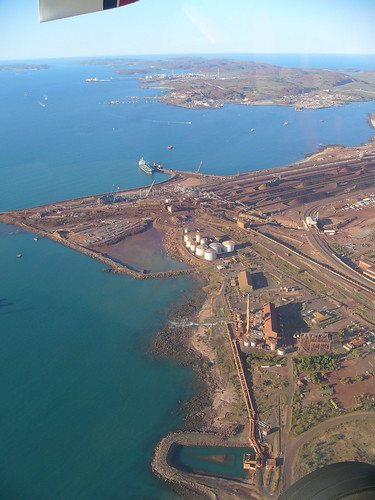 Preservation of ancient sites is not a recent issue. Youve only to look at sites in Egypt and Turkey, and the perilous conditions of worldwide rock art, to see how the long term problems of increased visitors (and hence increased profits) affects an ancient site.
Preservation of ancient sites is not a recent issue. Youve only to look at sites in Egypt and Turkey, and the perilous conditions of worldwide rock art, to see how the long term problems of increased visitors (and hence increased profits) affects an ancient site.
But what happens when an ancient site gets in the way of industry?
The findings from a study released by the Western Australian State Government in February this year found industry emissions from surrounding mining projects in the Burrup Peninsula area did not have an effect on the rock art, which some believe to be around 30,000 years old.
However, conservationists do not agree, particularly as they are pushing for World Heritage Listing. They claim industrial development has seriously impacted the cultural heritage values of the Dampier Archipelago resulting in the physical destruction of hundreds of cultural features, and thousands of individual petroglyphs.
As far back as 1980, concerns were raised about the impact on petroglyphs of wind borne industrial products. At that time, the physical destruction of rock art through industrial development and incidental impacts through increased visitor access were the primary concerns. However, increasing levels of air pollution led to concerns about the possible impact of industrial emissions on rock art.
With the State government now claiming industry is not having an effect on the petroglyphs, it is making plans to increase industry in the area.
But perhaps we should ask ourselves this question – as we now criticise decisions made about ancient sites in the 1900s, given the evidence, will future generations be seriously wondering how a government could make such a decision?
Unfortunately, only time will tell who is right and who is wrong, by which time, it might be too late.
Image by Greg Howell. All rights reserved.
Ariel Rio Tinto Image by ArtGra

